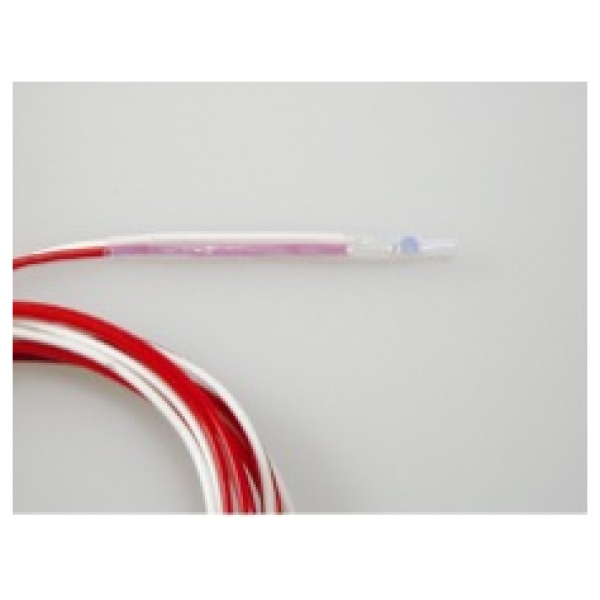C01, C02 |
C01HT |
S01, S02 |
S01HT |
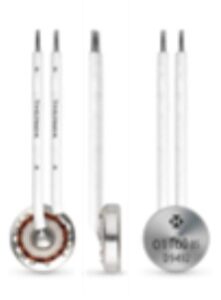 |
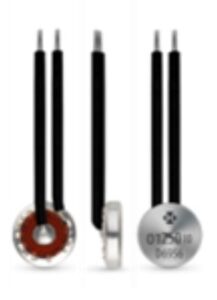 |
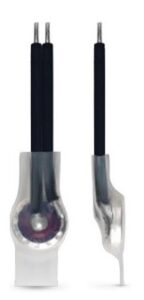 |
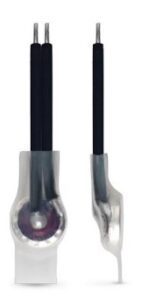 |
| Switching type: | Opener | Closers | Opener | Opener | Closers | Opener |
| automatically resetting | ||||||
| C01 | C02 | C01HT | S01 | S02 | S01HT | |
| Insulated: Insulation cap | no | no | no | Yes | Yes | Yes |
| Temperature | ||||||
| Nominal switching temperature (NST ), [°C] in 5 K steps |
60 -200 | 70 -200 | 205 – 250 | 60 -200 | 70 -200 | 205 – 250 |
| Tolerance range -Standard- Tol [ [K] | ± 2,5 /± 5 | ± 5 | ± 10 | ± 2,5 /± 5 | ± 5 | ± 10 |
| Switch-back temperature (RST below NST) UL [K]
VDE [°C] |
-35 ± 15
≥ 35 |
|||||
| Tension | ||||||
| max. operating voltage range up to … | 500 V AC / 14 V DC | |||||
| Rated voltage AC [VAC] | 250 ( VDE), 277 (UL) | |||||
| Current/switching cycles | ||||||
| Rated current – cos j = 1.0 [A] / [n] | 2,5 / 1’000 | |||||
| Rated current – cos j = 0.6 [A] / [n] | 1,6 / 10’000 | |||||
| max. switching current – cos j = 1.0 [A] / [n] | 6.3 / 3,000
7.5 / 300 |
|||||
| Rated current – cos j = 0.4 [A] / [n] | 1,8 / 10’000 | |||||
| max. switching current – cos j = 0.4 [A] / [n] | 7,2 / 1’000 | |||||
| Rated voltage DC [V] | 12 | |||||
| Max. Switching current DC [A] / [n] | 40,0 / 1’000 | |||||
| Other data | ||||||
| High-voltage resistance [kV] | — | 2 | ||||
| Total bounce time [ms] | < 1 | |||||
| Contact resistance (according to MIL-STD R5757) [mΩ] | £ 50 | |||||
| Vibration resistance 10 … 60 Hz [m/s2] | 100 | |||||
| Compressive strength of the switch housing [N] | 450 | |||||
| Suitable for installation in protection class | I | I + II | ||||
| Impregnation resistance | suitable | |||||
| Available licenses | ||||||
|
please specify |
IEC, ENEC, VDE, UL, CSA, CQC,CMJ | IEC, ENEC, VDE, CQC
(UL (appr. £ 230°C) |
IEC, ENEC, VDE, UL, CSA, CQC,CMJ | IEC, ENEC, VDE, CQC,
(UL(appr.£230°C) |
||
| Dimensions (standard) | ||||||
 |
 |
|||||
| Diameter Ø d [mm] | 9,0 | 9.0 | 9,4 | 9,5 | ||
| Overall height h [mm] | from 3.9 | from 4.4 | from 4.7 | from 4.3 | from 4.8 | |
| Length of insulation cap l [mm] | — | — | 15 | 20,5 | ||
| Standard stranded wire connection: | 0.25 mm2/AWG 22 | |||||
| Current dependency charateristics | ||||||
| The special feature of the 01 and 02 series is that they are temperature-sensitive switches. In their rated operation (rated current), they exhibit very low self-heating due to the current. As a result, the switching point is lowered at most within the rated switching temperaturetolerance. | ||||||
Note
The data and information provided are based on tests and test series. They are intended as a guide, which is why there may be deviations for individual applications and uses. The suitability for a specific application must be checked by the user in each individual case. We will of course be happy to advise you.




